We are proud to share the article recently published in Frontiers in Agronomy, an article born from the collaboration between, among others, UNIMI and Agricola 2000. The article presents the positive effects of the application of raw materials (with biostimulating action) when applied alone or in combination with herbicide products on soybean
Authors: Giulia Franzoni1 Roberta Bulgari2 Francesco Elia Florio1 Enrico Gozio3 Daniele Villa3 Giacomo Cocetta1* Antonio Ferrante1
1Department of Agricultural and Environmental Sciences – Production, Landscape, Agroenergy (DISAA), University of Milan, Milano, Italy
2Department of Agricultural, Forest and Food Sciences (DISAFA), University of Turin, Grugliasco, Italy
3Agricola 2000, Tribiano, Italy
Introduction: Biostimulants exert positive functions in plants, improving yield and quality, and alleviating the negative effects of abiotic stresses. Among them, the application of herbicides may cause damage to nontarget plants. At present, limited information is available regarding the interaction between biostimulants and herbicides.
Methods: The purpose of the present study was to assess the effect of an herbicide’s mixture (Harmony® 50 SX® + Tuareg® + Zetrola®), used in combination with several biostimulant raw materials (BRM), on the agronomic and physiologic characteristics of soybean. The experiments were conducted in two seasons, 2020 and 2021, applying the herbicides mixture alone or associated with 10 BRM.
Results: Differences emerged between the two years, considering nitrate, total sugars concentration, flavonol, and chlorophyll a fluorescence-related parameters. Chlorophyll content significantly declined (−45% in 2020) in plants treated with the herbicides mixture alone but, in combination with potassium silicate, the chlorophyll values were restored to control levels. The same positive effect observed in response to the combination of potassium silicate and the herbicide mixture has been confirmed in the second year of experiment. At the same time, chlorophyll content and Nitrogen Index were positively increased (up to 8% and 30%, respectively) depending on the application of some BRM and the year. A significant effect of biostimulants on yield was confirmed by the application of Ascophyllum nodosum (+16%) and humic acids (+7%), in 2020. However, the combined use with the herbicides nullifies the increase.
Discussion: The results obtained from these experiments support the use of biostimulants in improving specific quality traits (chlorophyll content, leaves nitrogen status, and secondary metabolites accumulation). At the same time, the potential use of biostimulants in combination with herbicides needs to be further explored since of external factors (environment, year…) still have a strong effect on their efficacy.
